Study, work or travel in the UK. British
culture and life.

Photos from the Jack In The Green festival in Hastings
|
|
Study, work or travel in the UK. British
culture and life.
|
|
||
|
|
|
|
||
 |
||||
|
|
||||
|
Photos from the Jack In The Green festival in Hastings
|
||||
|
JACK
|
 Jack |
|
THE BOGIES
|
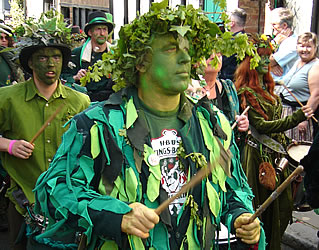 Let's bogey ... |
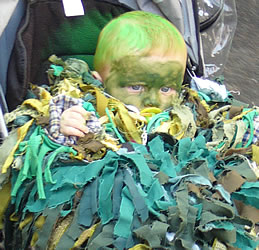 A Morris Minor |
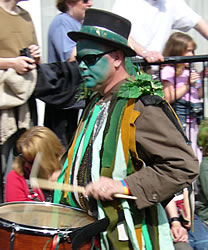 Shades of green |
|
GIANTS
|
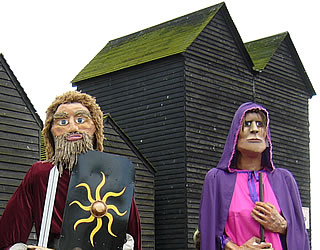 Nathandriel (from Huddersfield), and Hannah (from Hastings) holding her broomstick |
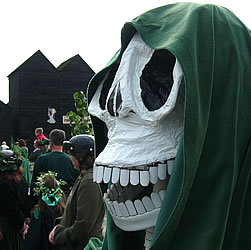 Giants are scary - they must protect their town from evil spirits |
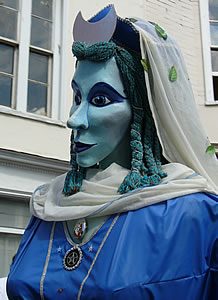 The Moon Goddess |
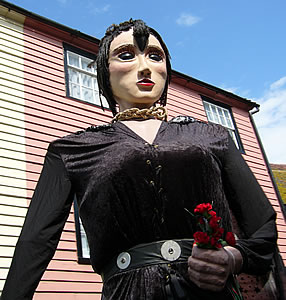 The Morrigan (accompanied by two giant Ravens) |
|
PROCESSION
|
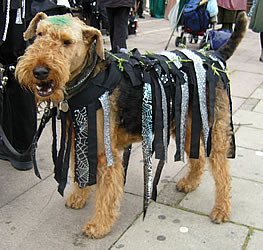 This dog enters into the spirit of the day |
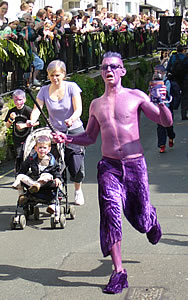 Fire-eater |
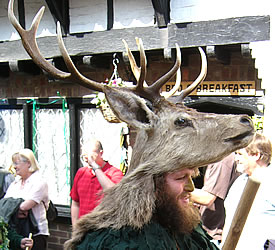 Hunter |
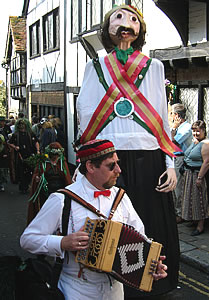 Percival Victor Arbuthnot String (PVA String): a local Hastings giant |
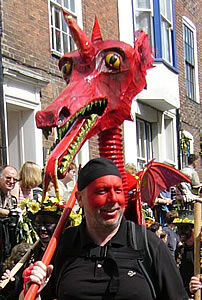 Clerical Error (from Wales) - the red dragon is a Welsh symbol |
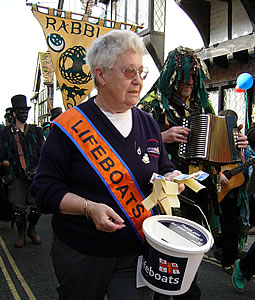 Collectors raise money for charity. The RNLI supports lifeboats in the UK. |
|
STORYTELLERS
|
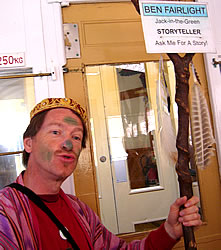 One of the storytellers |
|
MORRIS DANCING
|
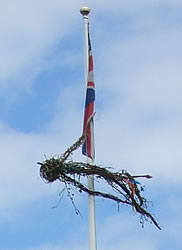 "Twiggy" is raised |
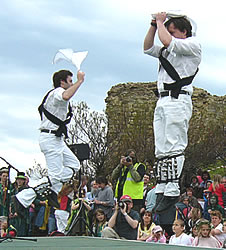 Who can jump higher - the men ... |
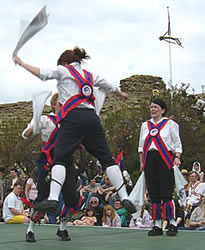 ... or the ladies? (Ditchling Morris) |
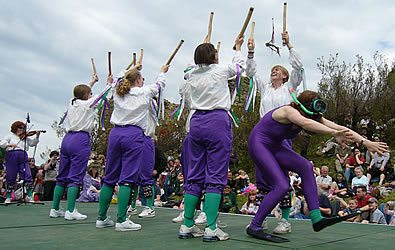 Black Annis (a women's morris team from Leicester) |
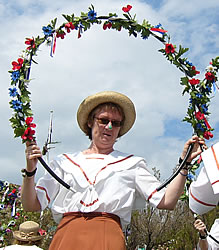 Copperfield Clog (from Higham, Kent) |
 Mithargo |
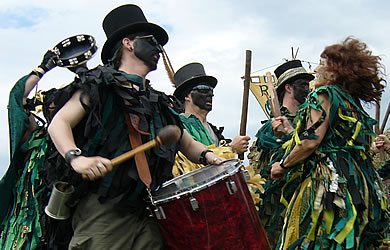 Rabble (from Kent) |
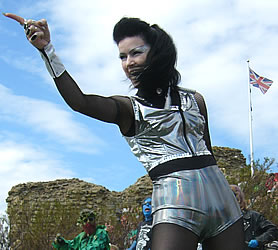 Rhythm Warriors |
|
SLAYING OF THE JACK
|
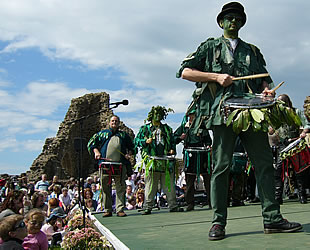 |
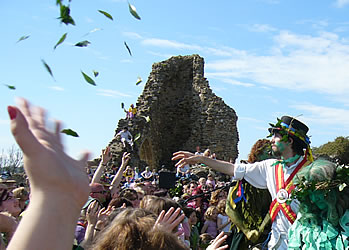 Mad Jack's Morris Dancers throw Jack's remains to the audience ... |
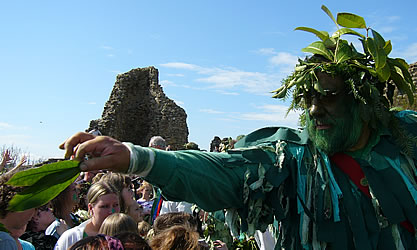 ... helped by the bogies. Leaves are kept and burnt in mid-winter. |
|
|
|